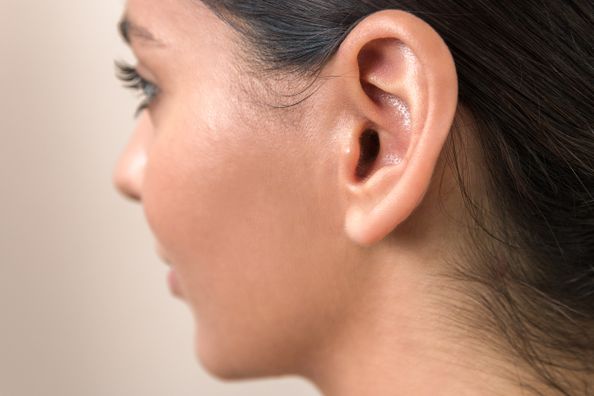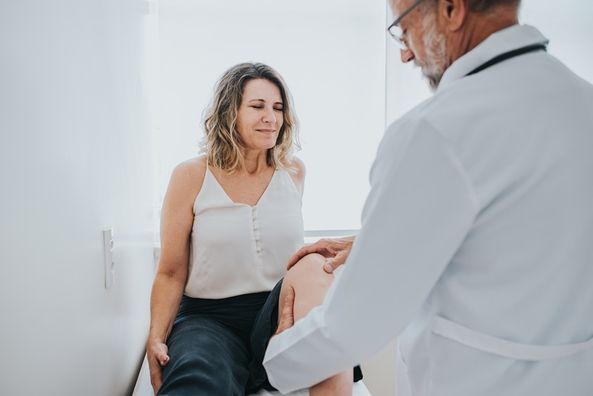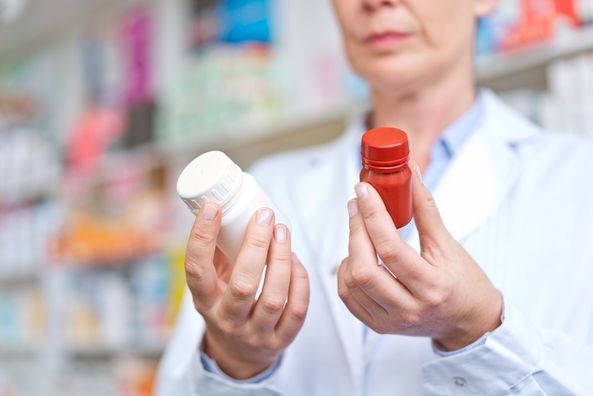Babybel cheese, candles, and crayons may seem like a strange group of items to have something in common. But they have one common ingredient that is also found in your ears: wax.
Earwax — also medically known as “cerumen” — is a key part of keeping your ears healthy. Earwax is produced by your body to catch and stop bacteria, pathogens, and other little objects from getting into your ear. It also stops your ear from irritation due to water.
While earwax is naturally occurring and has a big job to do for your ear health, too much of it can be annoying — or even downright painful.

Earwax is normal and even good for your ears, but it’s also important that you have the right amount of earwax. Removing waxy buildup — the safe way — can keep you from experiencing symptoms like partial hearing loss.
Earwax Removal Methods to Avoid
There are many ways to remove earwax, but not all of them are safe. Surprisingly, one of the most common approaches to cleaning out your ears — using a cotton swab — is the one that medical specialists wish you would stop doing.
Many people use cotton swabs to clean out earwax — but the product is not meant to be inserted into your ear canal. Safe uses for cotton swabs include applying makeup, applying ointment and cream if you have an injury, and even cleaning your laptop keyboard.
None of these recommended uses include digging around in your ear to remove earwax.
Because of their size, shape, and general availability, people use cotton swabs to clean their ears without thinking too much about it. Using a cotton swab inside your ear canal can actually cause you to push the wax further into your ear.
You may also be tempted to simply use your fingers to remove earwax. However, putting anything in your ear canal — including your own fingers — can cause damage to your ear.
Without the use of a cotton swab, you may be wondering, “What am I supposed to do when my ears are too waxy?” Don’t worry, Duly specialists can help you remove earwax safely.
Having too much wax build up in your ears can be annoying — and it can also be painful. Schedule a visit with a Duly otolaryngologist (ENT specialist) today to remove excess wax.
How An ENT Can Remove Earwax Safely
At Duly Health and Care, you can receive care for earwax removal through an Ear, Nose, and Throat (ENT) specialist or your primary care provider.
They can remove wax from your ears by using:
Drops to soften the earwax
A magnifying glass to better see inside your ear
Small tools to manually remove the wax
Water for a method called ”irrigation” to flush out the wax
You can schedule an ENT or primary care appointment online at any time to talk to a physician about your earwax. They can take a look into your ear canal to see if there is any excess buildup and determine the best treatment for you.
Earwax may be a part of life, but it doesn’t have to be painful. Let Duly Health and Care help you achieve the relief you want.
Safer Ways to Remove Earwax at Home
In addition to seeing an Ear, Nose, and Throat provider, there are also some safe ways to remove earwax at home that don’t include using a cotton swab.
In fact, many earwax issues can be remedied at home — or at least managed in between regular visits to see your provider.
You can remove earwax on your own by:
Cleaning the outer canal around your ear with a cloth and warm water
Softening earwax with commercial ear drops, baby oil, glycerin, or mineral oil
These methods may work, or you may not feel the relief you’re hoping for. Talk to your provider if you’re experiencing:
Pain in your ear
Hearing loss — even after earwax removal
Ear discharge
Fever
Feeling waxy buildup despite at-home earwax removal efforts
The Bottom Line: Don’t Use Cotton Swabs in Your Ear
While it might be tempting to just put a cotton swab in your ears every time they feel too waxy, ditching this habit can be great for your ear health.
Using gentler methods that don’t include putting something small in your ear canal can protect you from accidentally pushing the wax deeper into your ear — or worse, leading to a cut in your ear canal or a puncture to your eardrum.
With options offered by ENT, and primary care providers at Duly, you can ditch this dangerous earwax removal method once and for all.
Health Topics:








